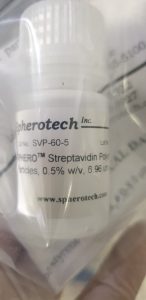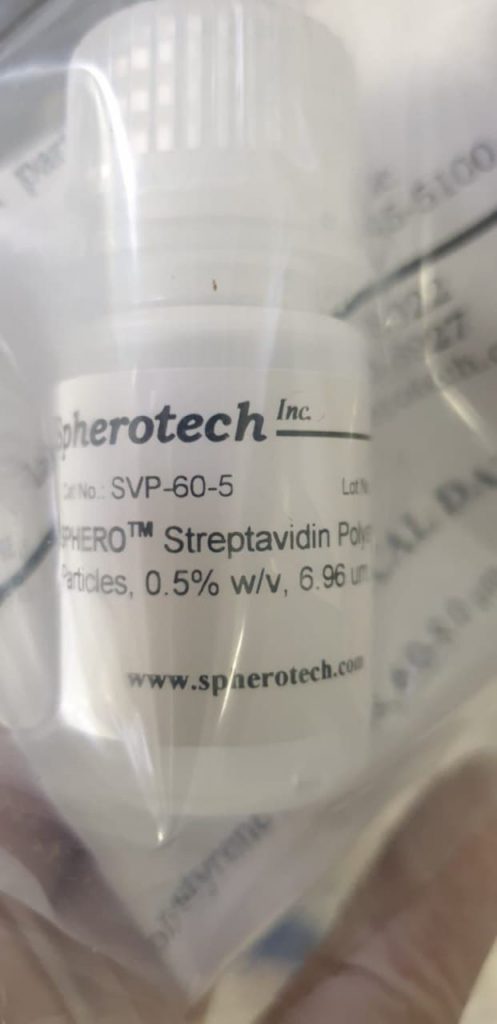Long non-coding RNAs (lncRNAs) play essential roles in regulating gene expression in response to plant stresses. Given the significance regulatory roles of lncRNAs, offering strategies for predicting the perform of these molecules, particularly in non-model crops, is strongly demanded by researchers. Here, we constructed a reference sequence for lncRNAs in P. vera (Pistacia vera L.) with 53220 transcripts. In whole, we recognized 1909 and 2802 salt responsive lncRNAs in Ghazvini, a salt tolerant cultivar, after 6 and 24 h salt therapy, respectively and 1820 lncRNAs in Sarakhs, a salt delicate cultivar, after 6 h salt therapy.
Functional analysis of these lncRNAs by a number of hybrid strategies, revealed that salt responsive NAT-related lncRNAs related to transcription elements, CERK1, LEA, Laccase genes and a number of genes concerned in the hormone signaling pathways. Moreover, gene ontology (GO) enrichment analysis of salt responsive goal genes associated to prime 5 chosen lncRNAs confirmed their involvement in the regulation of ATPase, cation transporter, kinase and UDP-glycosyltransferases genes. Quantitative real-time PCR (qRT-PCR) experiment outcomes of lncRNAs, pre-miRNAs and mature miRNAs had been in accordance with our RNA-seq analysis.
In the current research, a comparative analysis of differentially expressed lncRNAs and microRNA precursors between salt tolerant and delicate pistachio cultivars supplies priceless data on gene expression regulation beneath salt stress situation. Cryphonectria parasitica is the causal agent of chestnut blight, a fungal illness that nearly fully eradicated mature American chestnut from North America over a 50-year interval. Here we formally report the genome of C. parasitica EP155 using a Sanger shotgun sequencing method.
After ending and integration with SSR markers, the meeting was 43.8 Mb in 26 scaffolds (L50=5; N50=4.0Mb). Eight chromosomes are predicted: 5 scaffolds have two telomeres and six scaffolds have one telomere sequence. A whole of 11,609 gene fashions had been predicted, of which 85% present similarities to different proteins. This genome useful resource has already elevated the utility of a basic plant pathogen experimental system by way of new understanding of the fungal vegetative incompatibility system, with important implications for enhancing mycovirus-based organic management.
Complete Genome Sequence of Pseudomonas psychrotolerans CS51, a Plant Growth-Promoting Bacterium, Under Heavy Metal Stress Conditions.
In the present research, we aimed to elucidate the plant growth-promoting traits of Pseudomonas psychrotolerans CS51 beneath heavy steel stress circumstances (Zn, Cu, and Cd) and decide the genetic make-up of the CS51 genome using the single-molecule real-time (SMRT) sequencing expertise of Pacific Biosciences. The outcomes revealed that inoculation with CS51 induced endogenous indole-3-acetic acid (IAA) and gibberellins (GAs), which considerably enhanced cucumber development (root shoot size) and elevated the heavy steel tolerance of cucumber crops.
Moreover, genomic analysis revealed that the CS51 genome consisted of a round chromosome of 5,364,174 base pairs with a mean G+C content material of 64.71%. There had been round 4774 predicted protein-coding sequences (CDSs) in 4859 genes, 15 rRNA genes, and 67 tRNA genes. Around 3950 protein-coding genes with perform prediction and 733 genes with out perform prediction had been recognized. Furthermore, functional analyses predicted that the CS51 genome may encode genes required for auxin biosynthesis, nitrate and nitrite ammonification, the phosphate-specific transport system, and the sulfate transport system, that are useful for plant development promotion.
The heavy steel resistance of CS51 was confirmed by the presence of genes liable for cobalt-zinc-cadmium resistance, nickel transport, and copper homeostasis in the CS51 genome. The extrapolation of the curve confirmed that the core genome contained a minimal of 2122 genes (95% confidence interval = 2034.24 to 2080.215). Our findings indicated that the genome sequence of CS51 could also be used as an eco-friendly bioresource to advertise plant development in heavy metal-contaminated areas.

Mycoparasitism illuminated by genome and transcriptome sequencing of Coniothyrium minitans, an essential biocontrol fungus of the plant pathogen Sclerotinia sclerotiorum.
Coniothyrium minitans is a mycoparasite of the infamous plant pathogen Sclerotinia sclerotiorum. To additional perceive the parasitism of C. minitans, we assembled and analysed its genome and carried out transcriptome analyses. The genome of C. minitans pressure ZS-1 was assembled into 350 scaffolds and had a measurement of 39.8 Mb. A whole of 11 437 predicted genes and proteins had been annotated, and 30.8 % of the blast hits matched proteins encoded by one other member of the Pleosporales, Paraphaeosphaeria sporulosa, a worldwide soilborne fungus with biocontrol capability.
The transcriptome of pressure ZS-1 through the early interplay with S. sclerotiorum at 0, 4 and 12 h was analysed. The detected expressed genes had been concerned in responses to host defenses, together with cell-wall-degrading enzymes, transporters, secretory proteins and secondary metabolite productions. Seventeen differentially expressed genes (DEGs) of fungal cell-wall-degrading enzymes (FCWDs) had been up-regulated throughout parasitism, with just one down-regulated. Most of the monocarboxylate transporter genes of the most important facilitator superfamily and all of the detected ABC transporters, particularly the heavy steel transporters, had been considerably up-regulated.
[Linking template=”default” type=”products” search=”PCR Clean Up for DNA Sequencing” header=”3″ limit=”133″ start=”2″ showCatalogNumber=”true” showSize=”true” showSupplier=”true” showPrice=”true” showDescription=”true” showAdditionalInformation=”true” showImage=”true” showSchemaMarkup=”true” imageWidth=”” imageHeight=””]
Approximately 8 % of the 11 437 proteins in C. minitans had been predicted to be secretory proteins with catalytic exercise. In the molecular perform class, hydrolase exercise, peptidase exercise and serine hydrolase exercise had been enriched. Most genes concerned in serine hydrolase exercise had been considerably up-regulated. This genomic analysis and genome-wide expression research demonstrates that the mycoparasitism course of of C. minitans is advanced and a broad vary of proteins are deployed by C. minitans to efficiently invade its host. Our research supplies insights into the mechanisms of the mycoparasitism between C. minitans and S. sclerotiorum and identifies potential secondary metabolites from C. minitans for software as a biocontrol agent.

